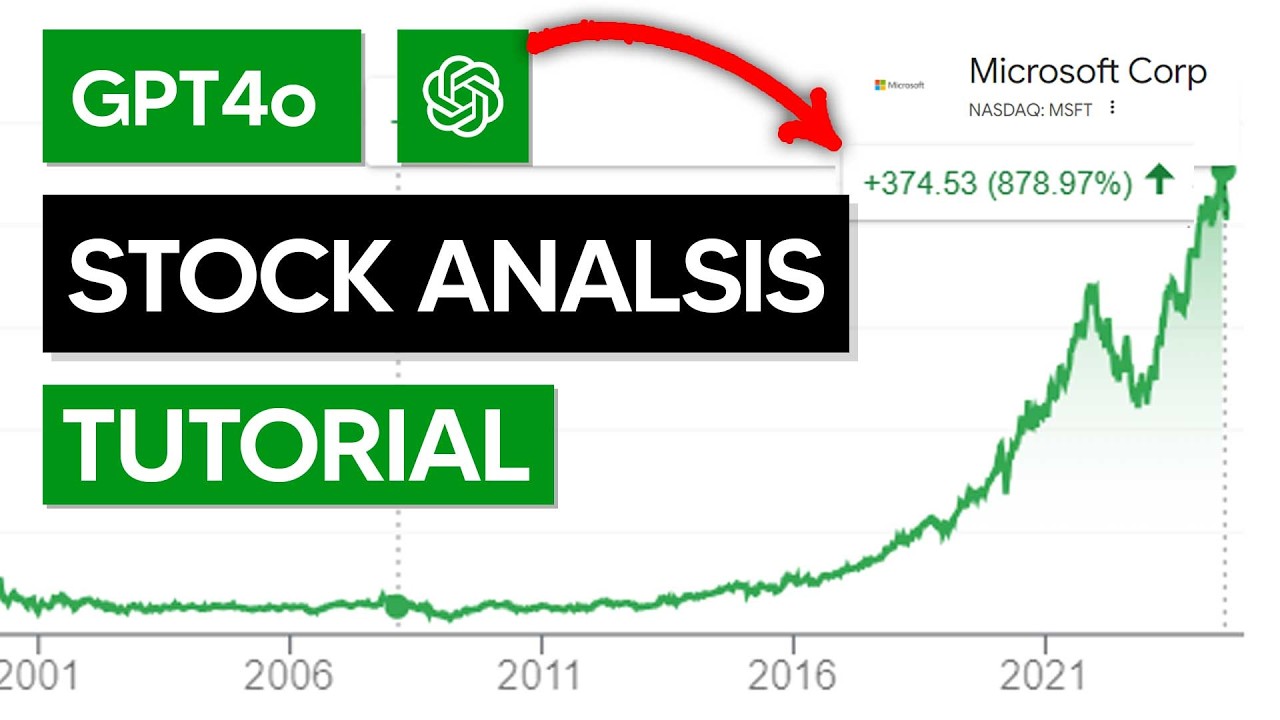20 Excellent Facts For Choosing Ai Investment Platforms
Top 10 Strategies To Focusing On Risk Management When Trading Ai Stocks From Penny Stocks To copyrightThe importance of focusing on risk is critical for AI trading in stocks to be successful, especially in high-risk markets. Here are 10 top suggestions on how you can incorporate effective risk-management practices into your AI trading strategy:
1. Define Risk Tolerance
Tips: Determine the maximum acceptable loss for each trade, daily drawdowns, and the overall losses to your portfolio.
How: By knowing your risk level, you can better set the parameters of the AI-powered trading system.
2. Automated Stop-Loss Orders and Take-Profit Orders
Tips: Make use of AI technology to adjust dynamically the amount of take-profit or stop-loss according to market conditions.
Why: Automated safety measures minimize losses and ensure profits with no emotional involvement.
3. Diversify Your Portfolio
Diversify your investment across a variety of market classes, asset classes and industries.
Why: Diversification balances potential gains and losses by limiting exposure to particular asset's risk.
4. Set Position Sizing Rules
Make use of AI to determine the size of your position Based on:
Portfolio size.
The risk per trade (1-2 1 % of the portfolio value)
Asset volatility.
A properly sized position helps prevent overexposure to high risk trades.
5. Monitor Variability and Adjust Strategies
Utilize indicators to gauge volatility, such as the VIX for stocks or on-chain data for copyright.
The reason: Higher volatility demands more stringent risk control and ad-hoc trading strategies.
6. Backtest Risk Management Rules
Tips: Add the risk management parameters such as stop-loss levels and the size of positions in backtests to assess their effectiveness.
Why: Testing is important to ensure that your risk-management measures are effective in different market conditions.
7. Implement Risk-Reward Ratios
TIP: Make sure that each trade has a favorable ratio between risk and reward, like 1:3 (risking $1 in order to gain $3).
Why: Consistent use of positive ratios increases long-term profits despite occasional losses.
8. Make use of AI to detect and respond to anomalies
Create anomaly detection software to spot unusual patterns in trading.
The importance of early detection is that it gives you the opportunity to alter or even exit your trades prior to any major market changes.
9. Hedging Strategies: Incorporate Hedging Strategies
TIP: Use hedge techniques such as futures or options to offset risks.
Penny stocks can be hedged by using ETFs that are in the same industry or similar assets.
copyright: hedging using stablecoins and ETFs that are inverse.
Why should you take a risk to hedge against price swings?
10. Monitor risk parameters regularly and make adjustments.
Make sure you update your AI trading systems risk settings to reflect the changing market conditions.
The reason: Dynamic risk management ensures your strategy is efficient regardless of market scenario.
Bonus: Use Risk Assessment Metrics
Tip: Evaluate your strategy using metrics like:
Maximum Drawdown: The largest portfolio drop from peak-to-trough.
Sharpe Ratio: Risk-adjusted return.
Win-Loss ratio: The number of transactions that are profitable compared to losses.
Why: These metrics offer insight into your strategy’s performance and risk-adjusted exposure.
Implementing these tips will help you develop a risk management strategy that will enhance the effectiveness and security of the security of your AI trading strategies on penny stocks and copyright market. Check out the most popular ai stock price prediction for blog examples including ai stock prediction, ai trading app, best stock analysis app, ai penny stocks to buy, best stock analysis app, copyright ai bot, ai financial advisor, copyright predictions, ai trading, ai stock and more.

Top 10 Tips To Monitor The Market Sentiment Using Ai For Stock Picking Predictions, Investing And Predictions
Monitoring market sentiment is vital for AI-powered predictions as well as investments and selecting stocks. Market sentiment is an influential factor that influences stock prices, and the general trend of the market. AI-powered tool can analyze massive amounts of information and extract indicators of sentiment from various sources. Here are 10 of the best AI strategies for monitoring market sentiment to help you select stocks:
1. Natural Language Processing for Sentiment Analysis
Use AI-driven Natural Language Processing to analyse the text of news articles, earnings statements, financial blogs, as well as social media sites like Twitter and Reddit to gauge sentiment.
What is the reason? NLP allows AIs to understand and quantify the emotions or opinions expressed in unstructured documents, allowing real-time trading decision making using sentiment analysis.
2. Monitor Social Media & News for signals of sentiment in Real Time
Tips Setup AI algorithms for scraping real-time data on news sites, social media, forums and other sources to monitor sentiment shifts in relation to events or stocks.
What's the reason? Social media and news can affect market movement quickly, especially for assets that are volatile, such as penny stocks and copyright. Real-time sentiment analysis can provide practical insights to make short-term trading decisions.
3. Use Machine Learning for Sentiment Assessment
Tips: Make use of machine learning algorithms to forecast the future trends in market sentiment by studying past data.
Why: AI can predict sentiment changes by learning patterns from historical stock prices and sentiment data. This gives investors an edge in predicting price fluctuations.
4. Mix sentiment with technical and fundamental data
TIP : Use traditional technical indicators such as moving averages (e.g. RSI), as well as basic metrics like P/E and earnings reports to build an investment plan that is more comprehensive.
The reason is that sentiment is an additional layer of data that is in addition to fundamental and technical analysis. Combining these elements improves the AI's ability to make more informed and balanced stock predictions.
5. Track Sentiment Changes During Earnings Reports and Key Events
Tips: Be aware of changes in sentiment in the days and weeks following important events such as earnings announcements, product releases or announcements by regulators. These can affect the price of stocks.
What's the reason? These events can be triggers for major changes in market sentiment. AI can spot mood swings quickly, providing investors with information about the possibility of stock movement in response to these catalysts.
6. Concentrate on Sentiment Clusters to determine market trends
Tips - Data on sentiment of groups to find trends in markets and segments.
The reason: Sentiment clustering is a way for AI to identify new trends that may not be evident from small numbers of data or even individual stocks. It helps to identify sectors and industries where investor have changed their interest.
7. Apply Sentiment Scoring for Stock Evaluation
Tips: Create sentiment scores for stocks based on research of news sources, forums, or other social media. Make use of these scores to sort and filter stocks on the basis of positive or negative sentiment.
Why: Sentiment ratings can be used to gauge the mood of the market toward a given stock. This aids in better decision-making. AI can boost these scores with time and improve their accuracy.
8. Track Investor Sentiment across a variety of Platforms
Tips: Check the sentiment on diverse platforms (Twitter, financial news websites, Reddit, etc.) Examine the sentiments of various sources, and you'll gain a more comprehensive view.
Why: The perception of investors regarding a certain platform might be wrong or incomplete. Monitoring sentiment across several platforms can provide a an accurate and balanced view of investor attitudes.
9. Detect Sudden Sentiment Shifts Using AI Alerts
Tip: Set up AI-powered alerts to alert you whenever there are significant changes in sentiment to a specific stock or industry.
What causes this? Sudden shifts in sentiment such as an increase in negative and positive mentions, can trigger rapid price shifts. AI alerts allow investors to take quick action before the market changes.
10. Analyze trends in long-term sentiment
Utilize AI to study long-term trends in sentiment for sectors, stocks and even the entire market (e.g. bullish or negative sentiment over months or even years).
What is the reason? Long-term patterns of sentiment can be used as a tool to help identify stocks with a high potential in the near future, or that may signal emerging risks. This broad view is in addition to short-term sentiment signals and can help determine long-term investment strategies.
Bonus: Mix Sentiment with Economic Indicators
TIP Use sentiment analysis in conjunction with macroeconomic indicators like inflation, GDP growth or employment statistics to determine the impact of economic conditions on the market's sentiment.
What's the reason? Economic conditions generally can have an impact on investor sentiment, and therefore, stock prices. AI can provide deeper insight into the market by linking the sentiment of investors to economic indicators.
Utilizing the strategies that have been mentioned above, investors can successfully utilize AI to analyze, monitor, and predict market sentiment. This allows them to make accurate and informed predictions and investment decisions, and more informed stock picks. Sentiment analysis is an unmatched, real-time layer of insight that goes beyond traditional analysis, aiding AI stock traders navigate the complexities of market conditions with greater precision. Have a look at the top rated ai copyright trading for more advice including trade ai, ai stock trading app, ai stock trading bot free, copyright ai trading, ai trading software, ai trading bot, ai financial advisor, ai investment platform, stocks ai, copyright ai trading and more.
